We know you do your best to create a safe and happy environment for your family, but homes are filled with major danger zones, and you may not even be aware of them. Read through our list of 15 common danger zones in family homes, and protect those you care about most!
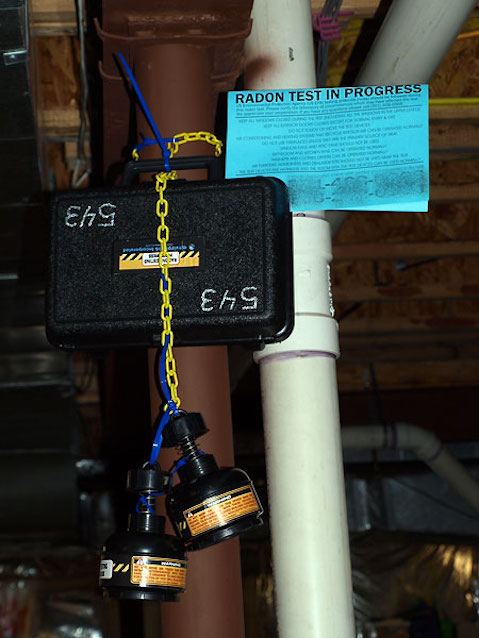
Radon
You could have an deadly killer in your basement and not even know it: radon. An invisible, odourless, tasteless radioactive gas, radon is released into the air, or can dissolve into groundwater, as the result of decaying uranium in rocks or soil. Radon is the second leading cause of lung cancer overall and the leading cause of lung cancer in nonsmokers the U.S. and was classified as a human carcinogen in 1988 by the International Agency for Research on Cancer. The only way to know for sure whether radon is leaking into your home is to install a radon detector in your basement, since the U.S. Environmental Protection Agency notes that one in 15 American homes has a radon level that’s higher than recommended.

Black Mold
Toxic mold in your home can cause a laundry list of health woes, predominantly respiratory and bronchial problems. The best way to avoid mold from growing in your home is to ensure damp, dank areas are as well ventilated as possible, while any mold that’s discovered should be removed by a professional.

Curtains and Blinds
can be a household hazard hidden in plain sight, as the cords on blinds and curtains can entangle pets and small children, potentially causing strangulation. In addition, blinds and curtains can also be ideal hiding spots for allergens, dust mites and mold.
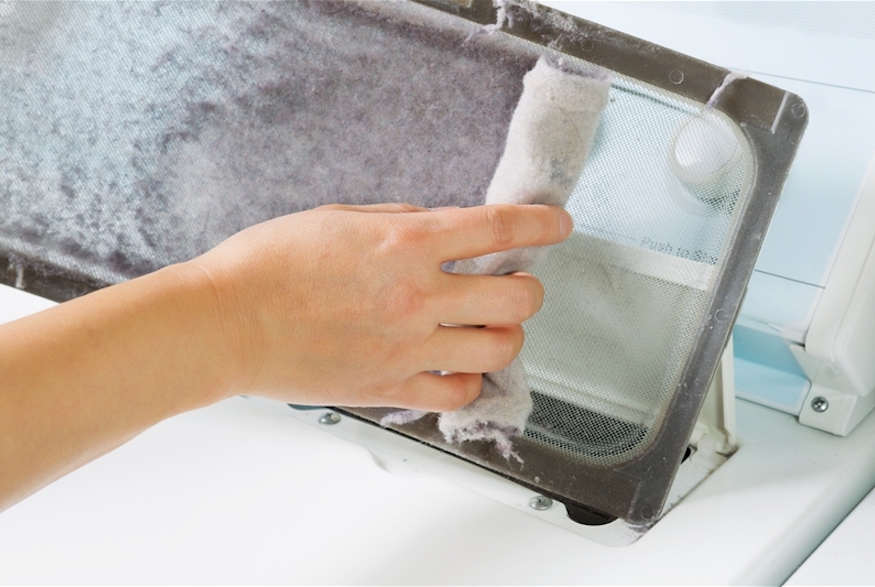
Dryer
Dryers aren’t typically something we associate as being hazardous, yet not cleaning out the dryer’s lint trap regularly can result in the dryer catching on fire. In addition, the dryer’s exhaust pipe can also become clogged with lint. It’s a good idea to clean the lint trap after every use, and clean the exhaust pipe at least once a year to prevent any potential fires.
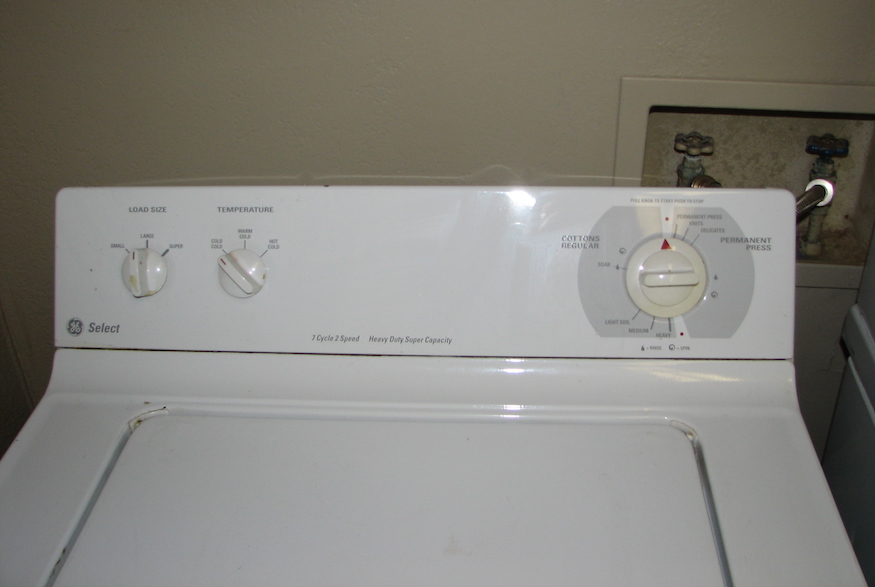
Washing Machine
While dryers are responsible for numerous home fires, the same holds true for washing machines – in fact, washing machines are actually responsible for more fires at home than dryers. According to a U.K.-based watchdog group, washing machines are the largest cause of appliance-related house fires, causing 14 per cent of approximately 12,000 fires that resulted from appliances in Britain between January 2011 and March 2014. The primary cause is water leakage in water machines, which can cause a circuit board fire. With this in mind, you can see why throwing in a load of laundry before you go to sleep isn’t recommended.
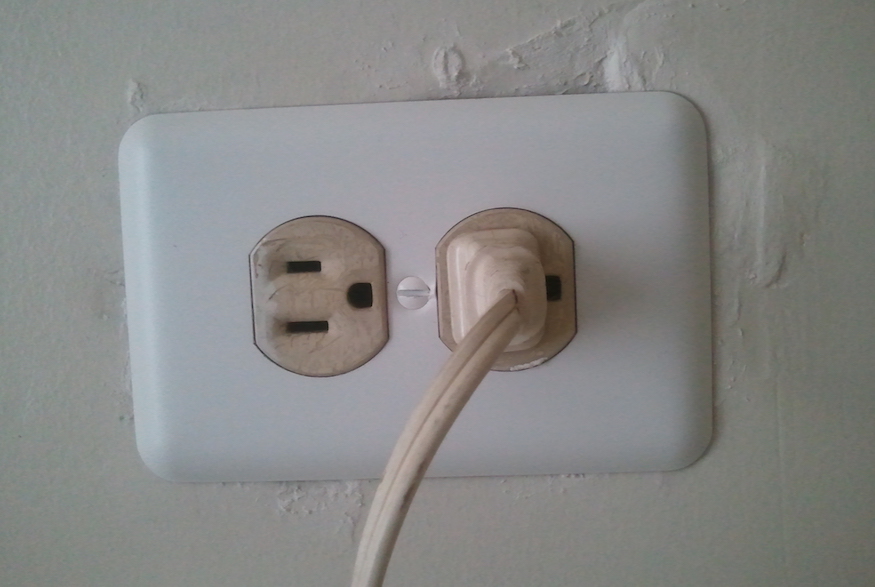
Electrical Wiring
Nearly 500 Americans perish each year while an additional 2,300 are injured in house fires caused by faulty wiring. The prime culprits include worn-out plugs and sockets, outdated fuses and circuit boxes, using multiple extension cords (a.k.a. “octopus” connections) and DIY wiring projects.

Fireplace
Another leading cause of house fires is wood-burning fireplaces, and the problem usually isn’t with the fire itself, but with creosote that builds up in the chimney. This creosote is highly flammable, and if ignited by a spark from the cozy blaze in the fireplace can cause a raging fire in the chimney. That’s why it’s important to clean chimneys regularly to present creosote from accumulating on the inside of chimney walls. In addition, ensure fires are covered with screens to prevent errant sparks from flying out of the fireplace and setting rugs and/or furniture on fire.
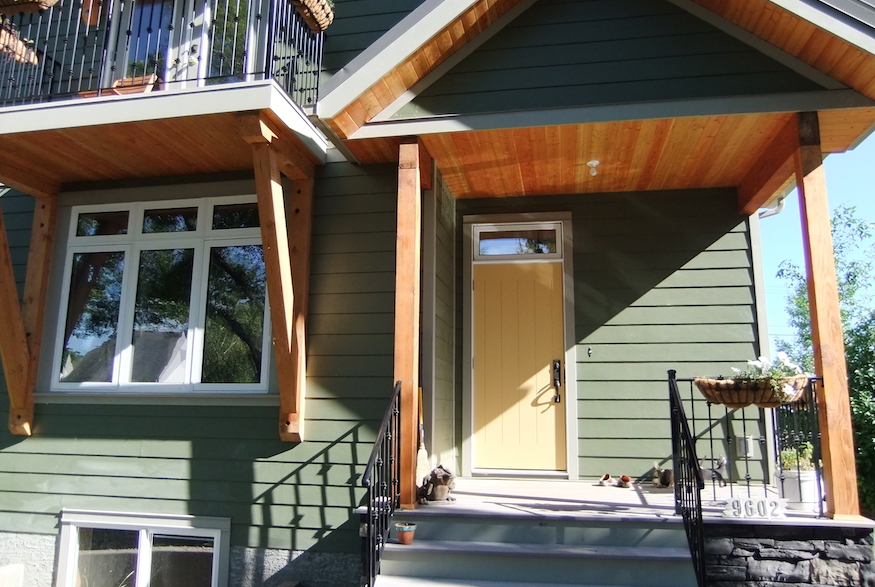
Outdoor Steps
Each year, one in four people aged 65 and older suffer some type of fall, and slick or icy front steps are one of the biggest causes. Ensure outdoor steps are kept clear of debris, and clear away all ice and snow that accumulates on stairs. To make surfaces less slippery, you can also add grip tape or secured mats.
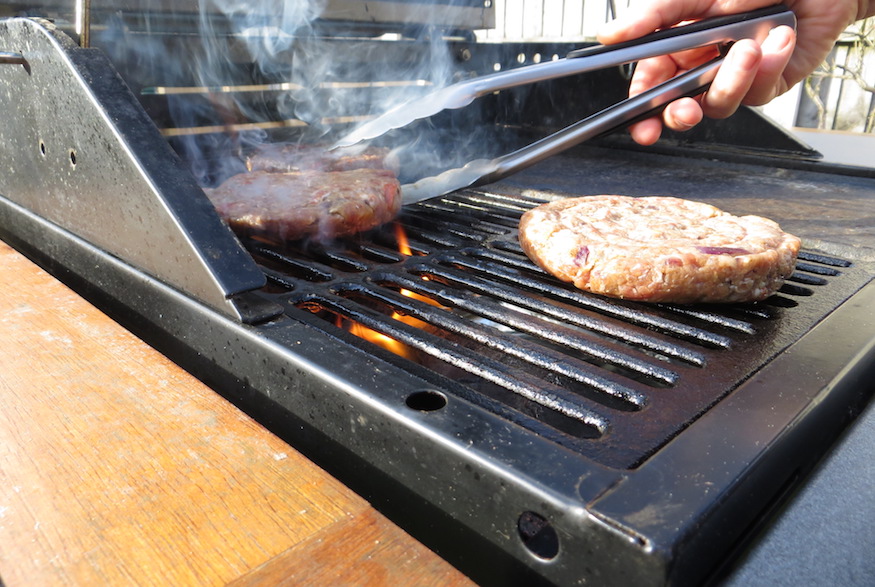
Gas Grill
Nothing says summertime fun like outdoor grilling on the backyard barbecue, yet did you know that propane grills are responsible for more than 7,000 fires in the U.S. each year? One of the biggest no-nos is to turn on propane burners while the lid is closed, and then ignite; this causes a build-up of gas that can create an explosion powerful enough to blow the lid right off and send a fireball shooting out. Another common hazard involves loose connections that cause propane to leak. To ensure connections are tight, try spraying hoses and connections with soapy water; if that soapy water starts bubbling, that indicates a gas leak that needs to be addressed, either by tightening up any loose connections or replacing any that can’t be tightened.
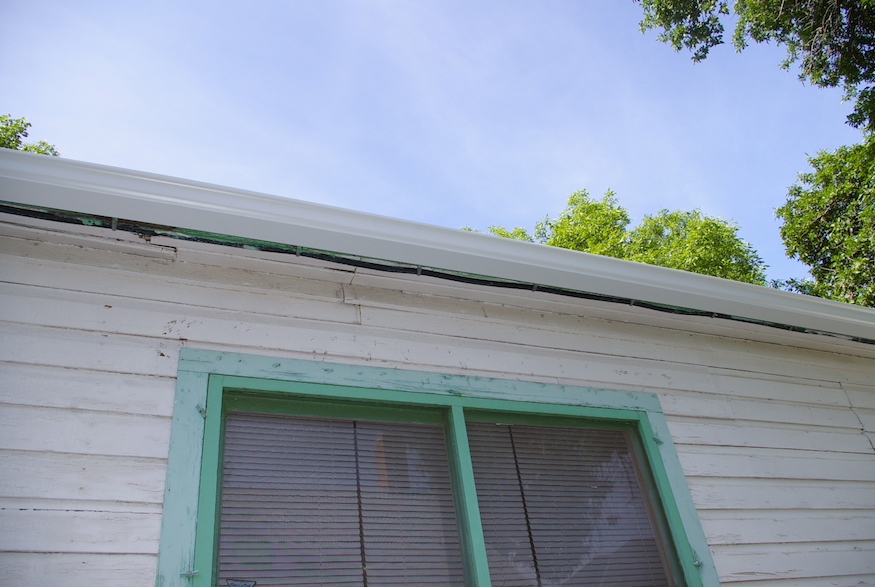
Gutters
Nobody likes cleaning gutters, yet it’s one of the most important jobs when it comes to preventing long-term damage to your home. Clogged gutters will lead to water leaking down and pooling around the home’s foundation, which can then cause basement leaks that could require expensive repairs down the road, even damaging the integrity of the home’s foundation.
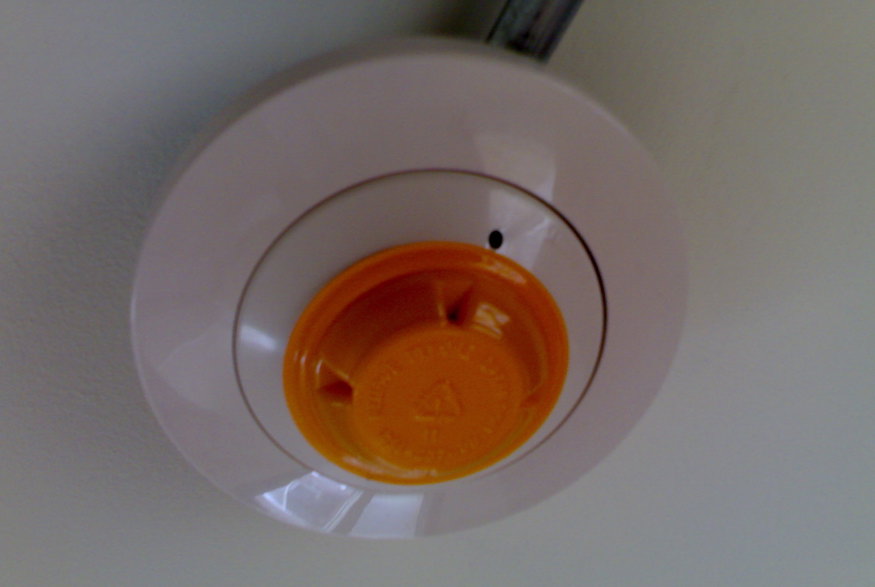
Smoke Detector
Smoke detectors are a must in any home in order to warn of a fire, yet they can also be a household danger zone. If dead batteries aren’t replaced then the smoke detector can actually have the opposite effect by providing a false sense of security while being completely inoperative. According to a 2015 report, in fires in which smoke alarms were present but not working, almost half (46 per cent) of the smoke alarms had missing or disconnected batteries, while dead batteries were deemed responsible for 24 per cent of smoke alarm failures.

Stovetop
More than 40 per cent of all house fires start in the kitchen. As you might expect, fires usually result from the cooktop. To prevent this common fire hazard, never leave burners unattended while they’re in use, and be sure to store combustible materials such as paper towels or pot holders a safe distance away.
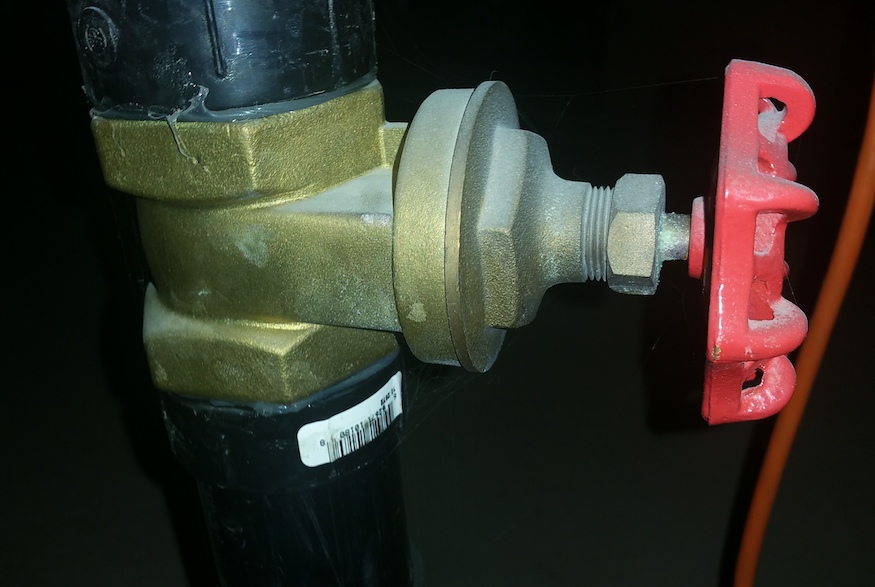
Water Pipes
in the winter are prone to crack, and even a small crack can cause huge problems. In fact, a pipe that cracks even an eighth of an inch can result in 250 gallons of water leaking into a home each day. In order to prevent this from happening, before winter hits it’s a good idea to insulate any exposed pipes with foam sleeves, as well as turning off the water supply to outdoor spigots; this will ensure the taps are left exposed in order to relieve internal pressure in the pipes.
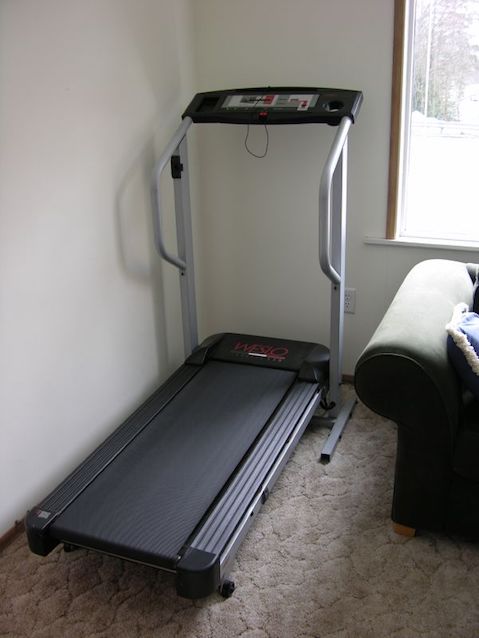
Exercise Equipment
According to the Consumer Product Safety Commission, more than 25,000 children each year are injured from home exercise equipment, including stationary bicycles, treadmills and stair climbers, with most accidents involving the machines’ power cords. Since it’s not practical to unplug exercise equipment after use, it’s crucial to closely monitor toddlers in a room containing workout equipment, or limit access to that room.

Flaking Paint
Old flaking paint can present a big hazard if there’s a possibility your home was painted with lead-based paint. While paint containing lead is no longer used, it was common up through the 1970s, meaning that old, peeling paint on older houses could be exposing you to lead poisoning. Removing old lead paint can also be dangerous if the toxic dust is inhaled. And it’s more common than you might realize; statistics show that nearly 70 per cent of homes built between 1940 and 1959 were painted with lead-based paint, a number that is even higher with homes constructed before 1940.
HGTV your inbox.
By clicking "SIGN UP” you agree to receive emails from HGTV and accept Corus' Terms of Use and Corus' Privacy Policy.




